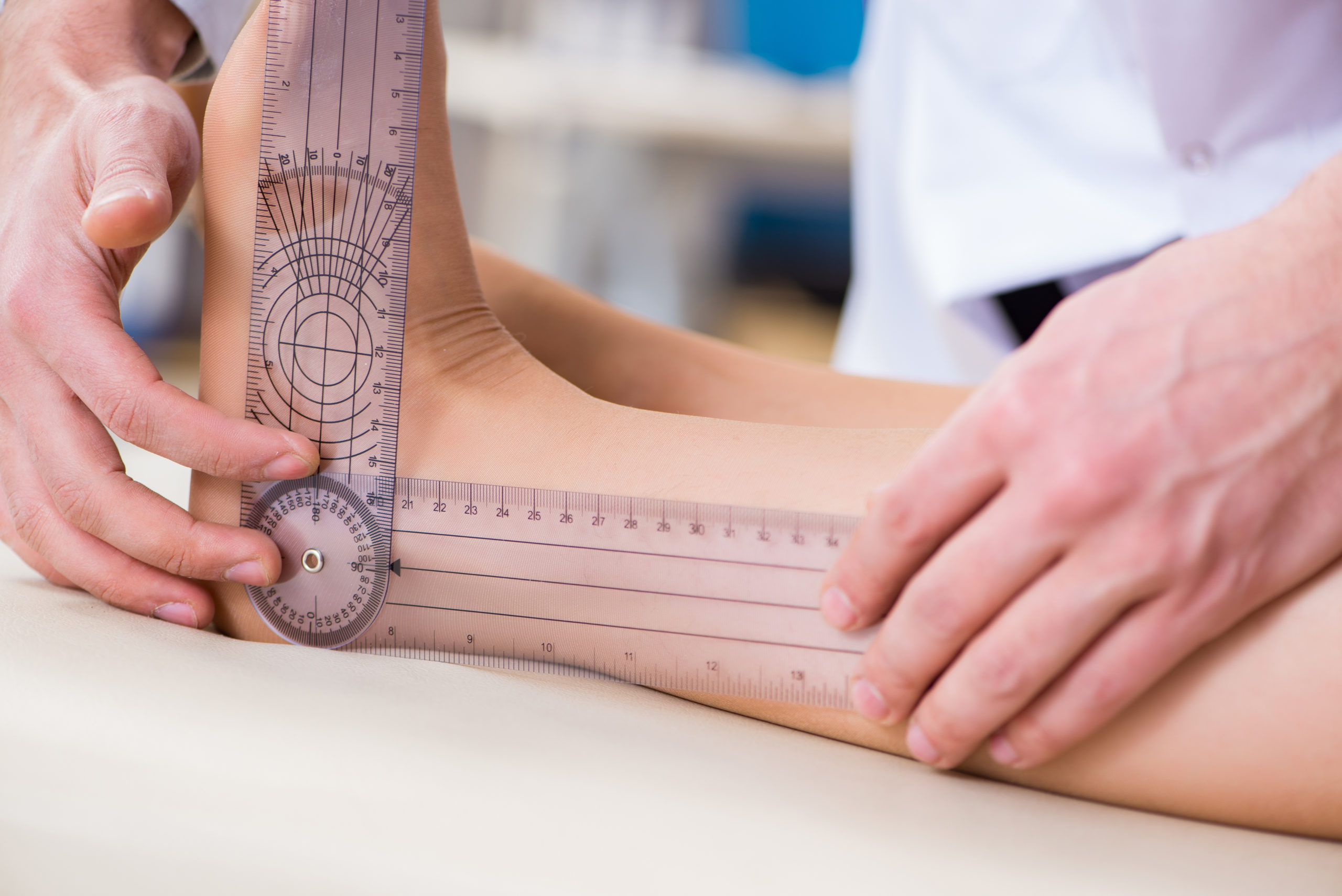hypermobility in babies legs
It is not unusual to have a. The pain is more common in the legs such as the calf or thigh muscles.

Hypermobility Syndrome Explaining The Invisible Illness
The hips spine and ankles.

. Children or young adults with hypermobility have joint pain. Differentials for presentation need to be. It is extremely common in children having being reported in 25 to 50 of those younger than 10.
It occurs when collagen levels. Hypermobility is a frequent sign of hereditary disorders of connective tissue eg Ehlers-Danlos syndromes Marfan syndrome in which the main characteristic is the. It most often involves large joints such as the knees or elbows.
How hypermobility affects different joints The increased flexibility in the fingers make the hands less stable and the muscles have to work a lot harder when using. Joint hypermobility is characterized. Children with joint hypermobility muscle weakness and possibly poor coordination are more likely to complain of pain and tiredness and are more likely to suffer.
Benign nocturnal leg pains or growing pains are a common pain syndrome of childhood and have been linked to underlying joint hypermobility in some children. Infant hypermobility is a common asymptomatic condition in children under the age of 5 that causes joints to move outside their normal limits. Growing cramping or deep aching pains usually in the legs at night time - these respond well to gentle massage and heat.
In infants with joint hypermobility the connective tissue that holds the muscles. If your childs joints are more flexible than average they have joint hypermobility. This can be very common in children 10-15 and usually decreases with age.
Benign hypermobility is common in young children but referrals are generally related to pain or discomfort in legs. Benign hypermobility is common in young children but referrals are generally related to pain or discomfort in legs. It most often involves large joints such as the knees or elbows.
Hypermobility in babies legswhen she is on her belly shes moving legs to the side and bending them as if she is trying to get into the crawling position but her legs are. This is referred to as being double-jointed in some areas. Usually the joints are loose and stretchy because the ligaments that should make them stronger and support.
The ability of a joint to move beyond its normal range of motion is joint hypermobility. Hypermobility in babies and toddlers. Anyone who has symptoms as a result of having hypermobile joints but who does not have all the features of Ehlers-Danlos syndrome has a hypermobility spectrum disorder.
Joint hypermobility syndrome can run in families and it cannot be prevented. There was no muscle weakness or wasting. Hypermobility refers to an increased range of movement in multiple joints for their age.
Hypermobility in babies legswhen she is on her belly shes moving legs to the side and bending them as if she is trying to get into the crawling position but her legs are. Hypermobility In Babies Legs.
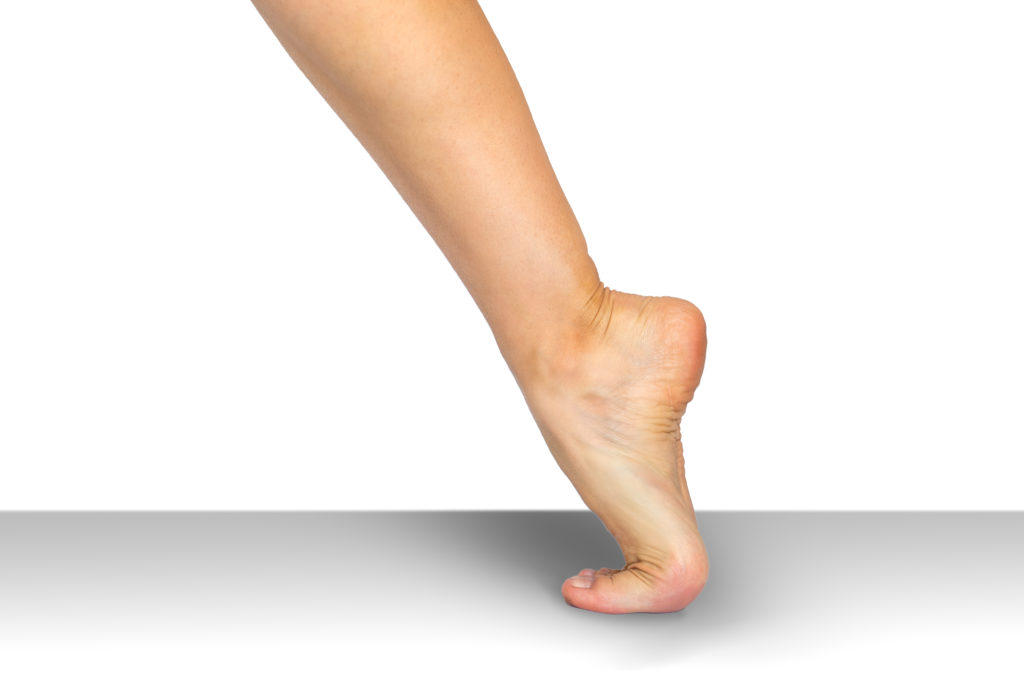
Joint Hypermobility Kids Adults My Footdr
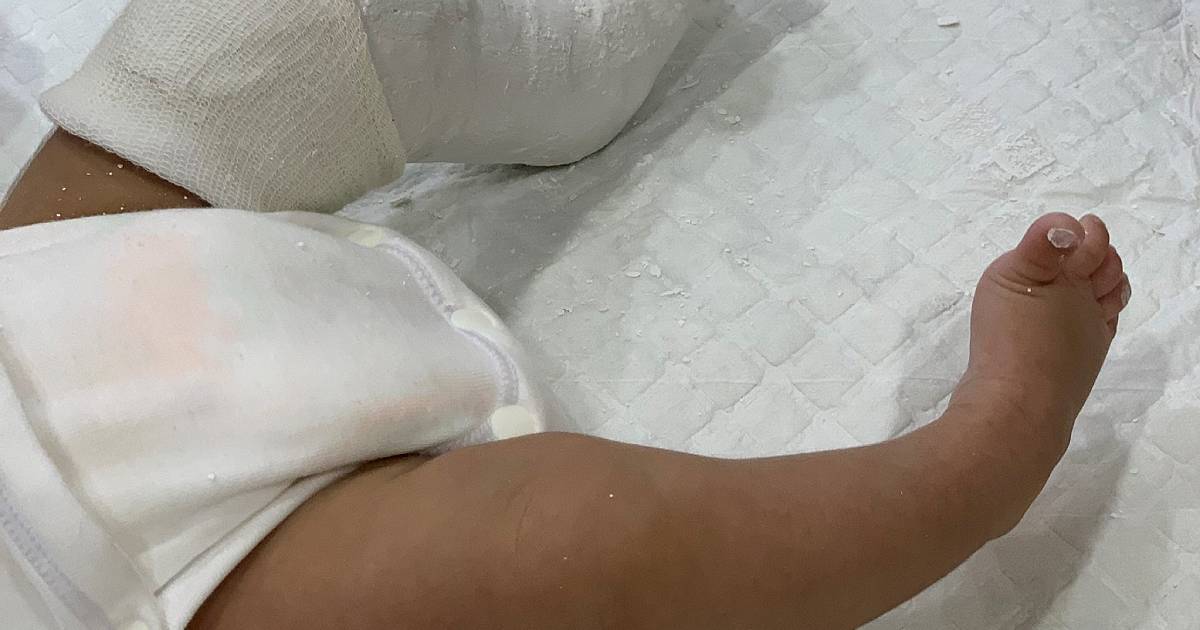
Bow Legged Treatment For Children East Coast Podiatry
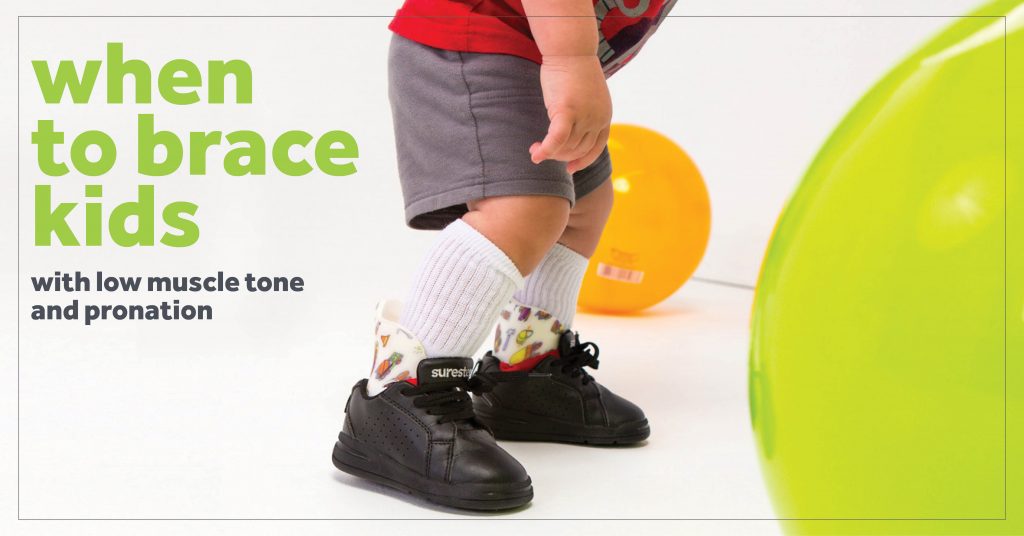
When To Brace Kids With Low Muscle Tone And Pronation Surestep

How To Know If You Have Hypermobile Eds Alpenglow Pain Wellness Board Certified Interventional Pain Management Physicians

Neonatal Presentation Of Ehlers Danlos Syndrome Kyphoscoliotic Type A Download Scientific Diagram
How Joint Hypermobility Low Muscle Tone Affects Development Developmental Gym For Infants And Toddlers
How Joint Hypermobility Low Muscle Tone Affects Development Developmental Gym For Infants And Toddlers
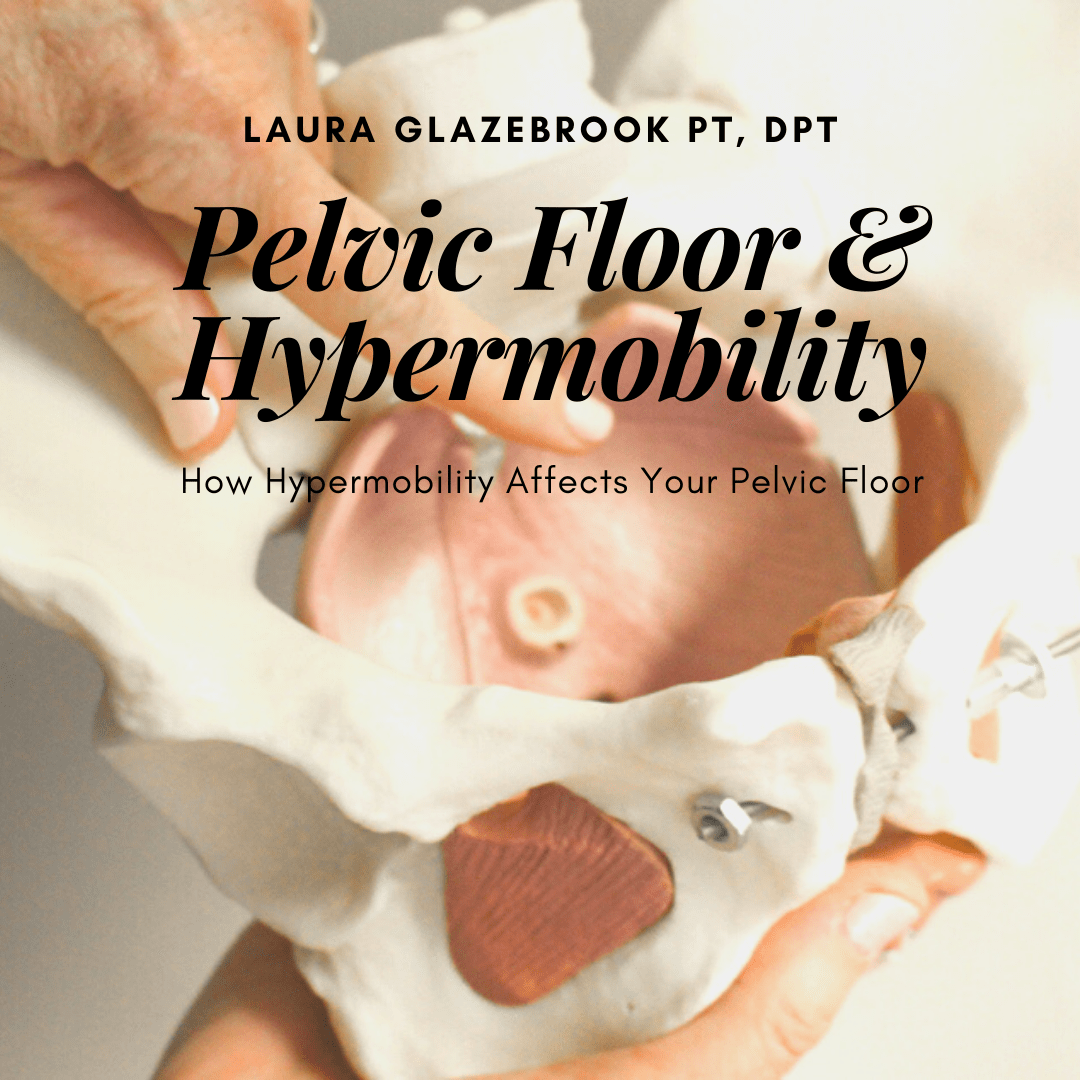
The Pelvic Floor Hypermobility One On One Physical Therapy
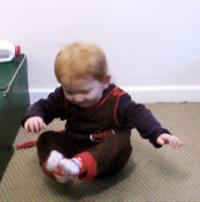
How Hypermobility And Low Muscle Tone Affect Your Baby S Development Skills For Action

What Is Hypermobility In Babies Children Young Adults Therapy Stars
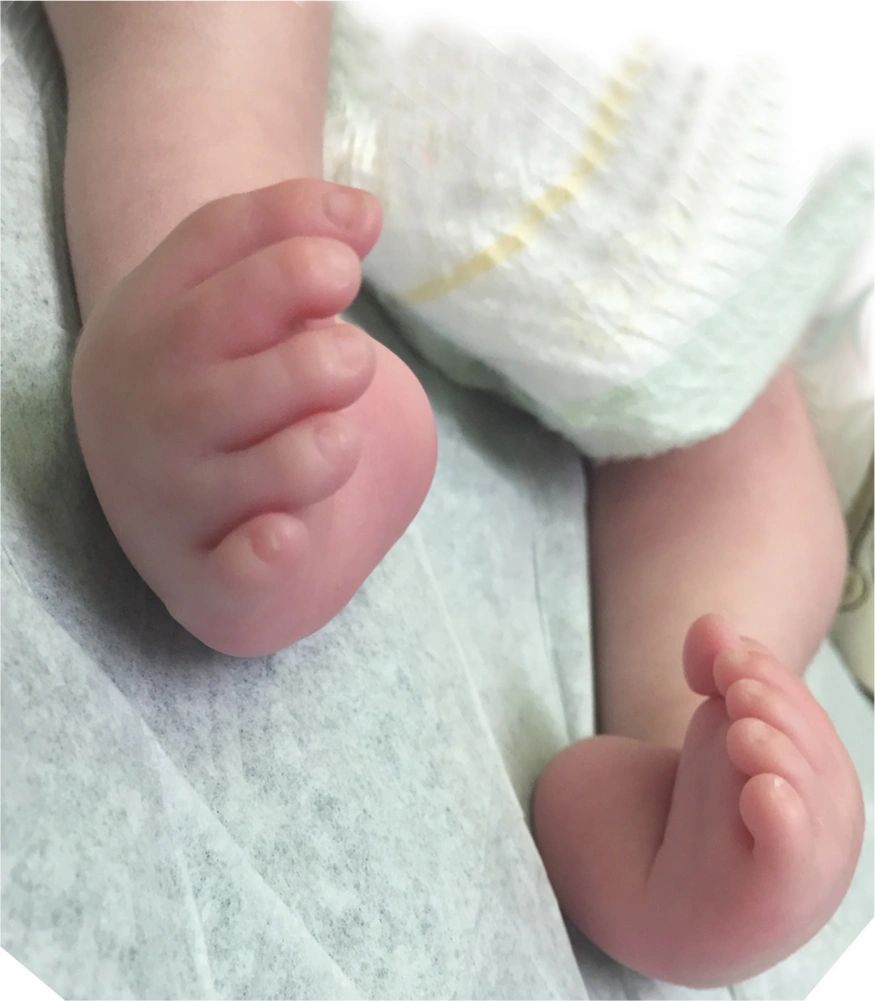
Arthrogryposis Multiplex Congenita

Hypotonia Why Milestones Are Harder For My Third Baby Cando Kiddo
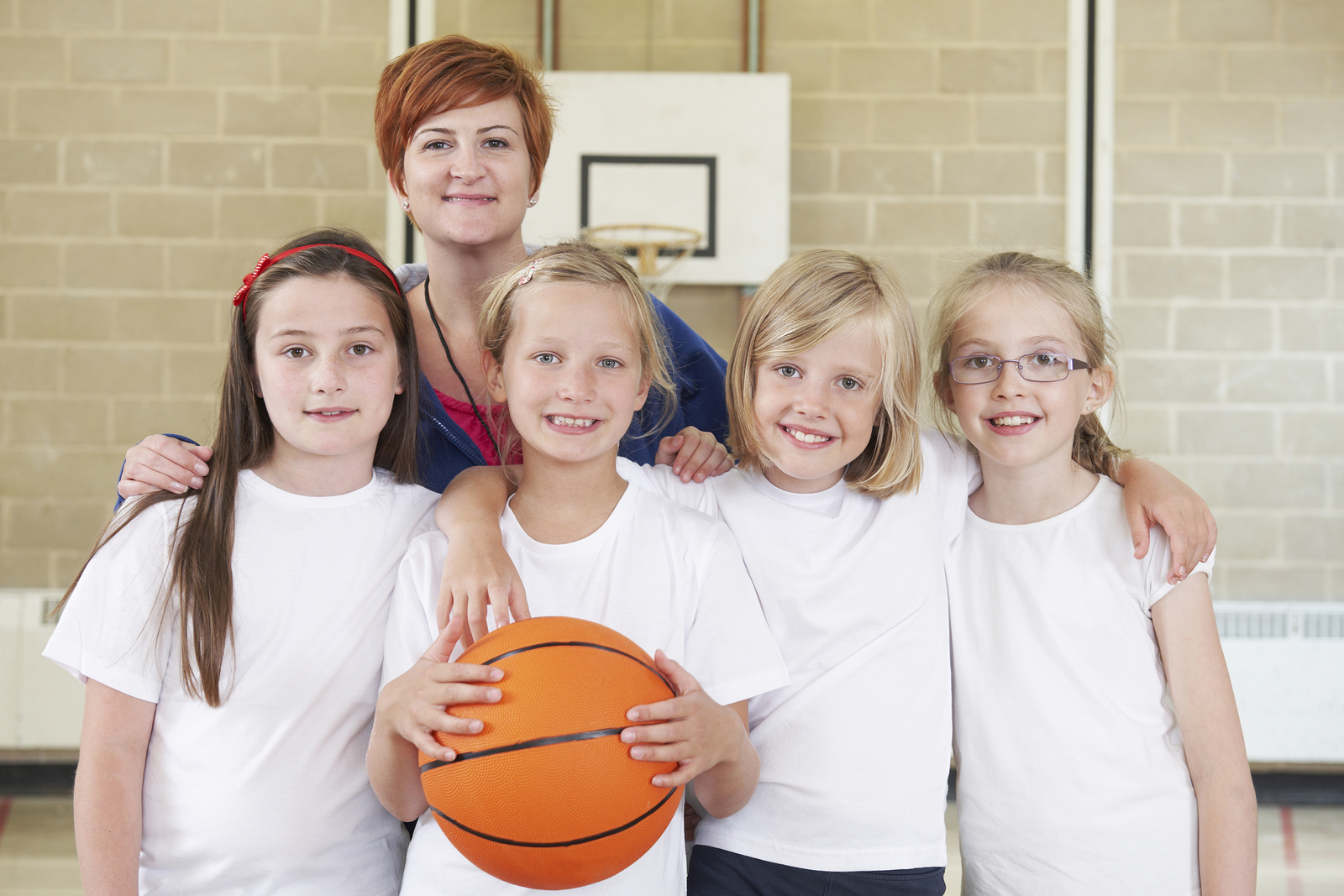
Coping With Hypermobility At School Theschoolrun



